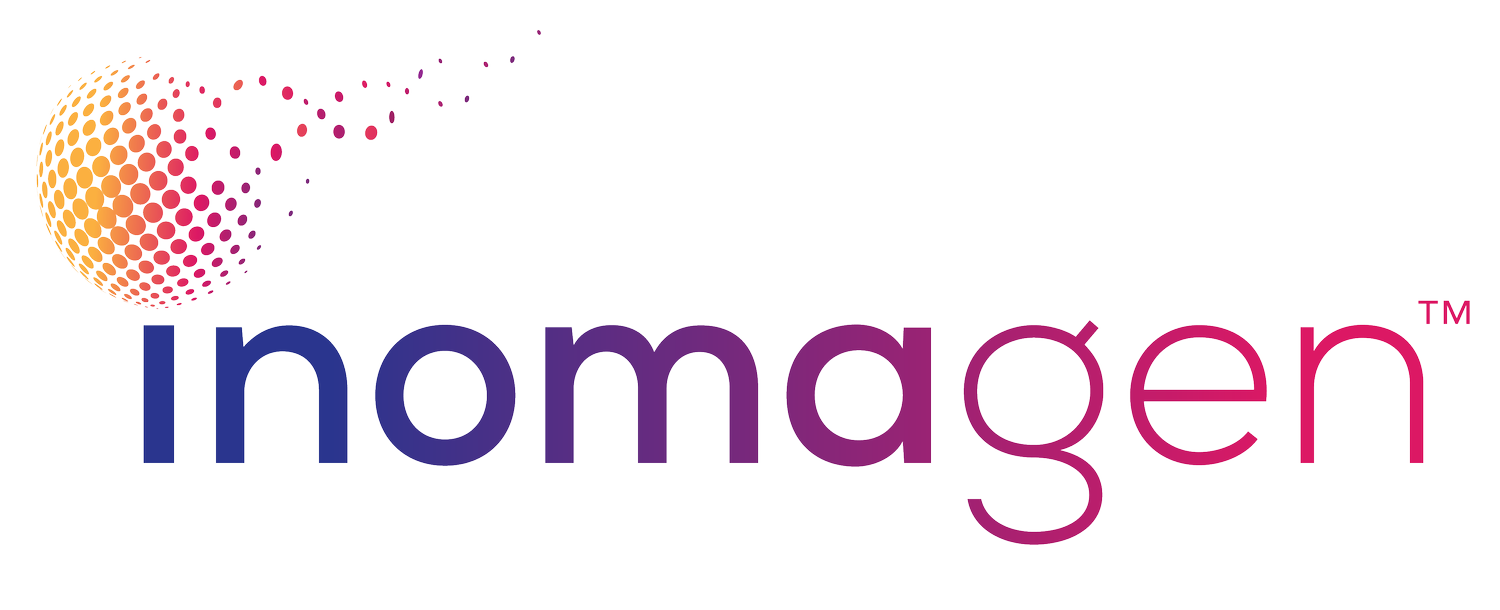
atrial fibrillation
Atrial Fibrillation is a Growing Epidemic with Suboptimal Treatments
Atrial fibrillation (AF) is the most common sustained heart rhythm disorder affecting 6M people in the U.S. (33M worldwide) with the prevalence increasing 3-fold in the past 50 years.
AF causes significant morbidity and mortality
People suffering with AF have ~6x higher risk of stroke
Risk of Heart Attack (MI) increases ~ 2x
Leading cause of Congestive Heart Failure (~50%)
Direct medical costs associated with AF total $23 billion per year in the US.
The incidence increases with age, making AF an ‘epidemic’ in an aging population.
Lifetime risk of AF is 1 in 3 for people over 50
The population >65yrs old will double by 2040
Americans with AF projected to increase to 16M by 2050 (100M worldwide)
Unfortunately, current AF treatments have suboptimal efficacy.
Drugs to control heart rhythm have <50% efficacy and can cause life threatening arrhythmias and significant side effects.
For drug refractory patients, cardiac ablation is moderately successful (70%) treating early stage (paroxysmal) AF, however often requires repeat procedures and irreversibly destroys cardiac tissue.
Most troubling is cardiac ablation’s <50 % success treating more advanced stage (persistent) AF representing the majority of symptomatic, drug refractory AF patients.
Despite best efforts, improvements in ablation catheters and energy sources have not led to a significant increase in ablation success.
Clearly, better therapies are needed. AF is a multi-factorial disease with several key underlying molecular mechanisms. Since cardiac ablation does not target these mechanisms, it fails to arrest the underlying disease process.
For more information on Atrial Fibrillation, please reference the American Heart Association https://www.heart.org/en/health-topics/atrial-fibrillation

